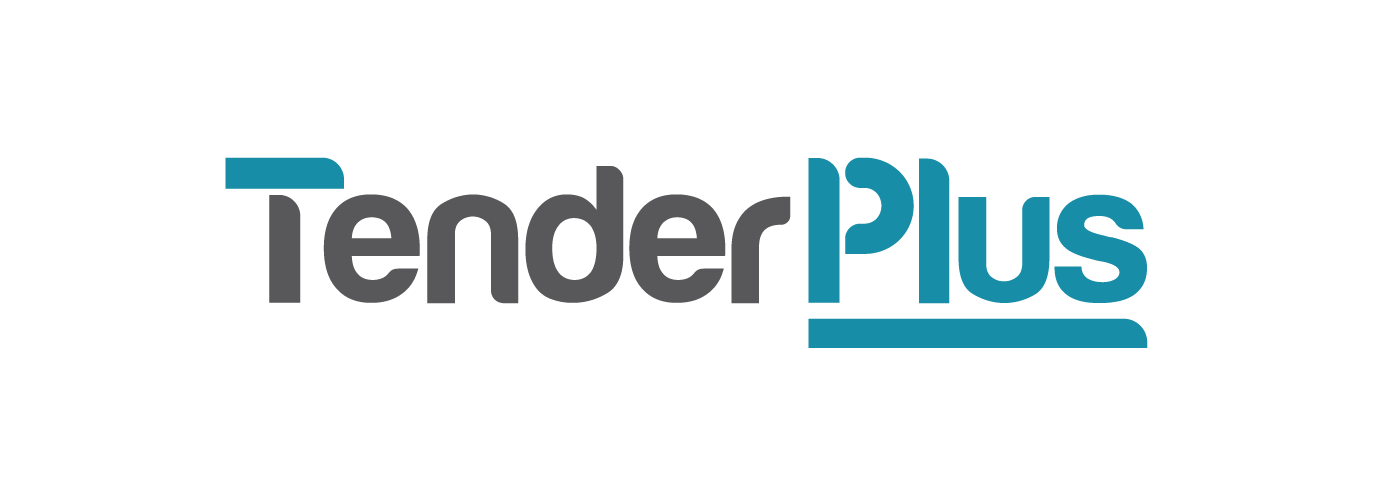Top tips for providing feedback on tenders
Ryan May, Tender Specialist (Perth)
Feedback is essential in creating robust and competitive tenders, but providing it isn’t always as easy as it might seem. If feedback is poorly written or unwanted it carries the risk of being ignored and may damage the perception of feedback you provide in the future. Additionally, depending on the workflow of your business, you may be restricted in giving feedback by certain practices or the rejection of certain tools, such as comments or track changes.
For these reasons it is important that you are familiar with methods to convey feedback constructively, politely and in a way that persuades the owner of a document that the change is necessary, all while adhering to the expectations of your business or clients. Below are a few tips to help you do just that.
1. Know when and how to use comments, track changes and highlights
There are multiple ways you can edit and review a document, and the tools you use will depend primarily on the approach supported by your business or the client you’re working with. Track changes and comments are the most common, however depending on the workflow used by your business you may rely more on one or the other. I have worked with a client who rejected the use of comments and instead preferred highlighting with an accompanying note in the text. Similarly, I have worked with another client who preferred comments be used instead of track changes. Here’s a brief outline of what each tool is best suited for:
Track changes: Commonly, track changes are used to make small grammatical and spelling edits. They are also useful when rewording sentences or paragraphs, though if you find yourself rewording or rewriting large chunks of text take a moment to consider why. If it’s the content and not the writing that is the underlying cause, then you may want to utilise comments.
Comments: Comments are an excellent tool when you want to raise an issue that you do not have the answer to, has bearing on the project or document as a whole or that requires permission to act on. For example, if you come across a sentence that is missing statistics you don’t have access too, you can add a comment asking for the statistics to be added. You can also tag people within your organisation by including an @ symbol followed by their name, which is helpful if you need the attention of a specific individual to fix an issue. Using the example of missing statistics above, you would be able to tag the specific person who has this information, eliminating the need for emails or other methods of contact.
Highlights: Although less common than track changes and comments, highlighting still has its uses. Often highlights are used to draw attention to duplicates of an error throughout a document, or to specific areas that contain gaps or need confirmation or review. Highlights are typically preceded by a comment explaining their use throughout the document, whether that be to identify where errors are repeated or where information needs to be reviewed.
Discuss and agree the tools you’ll be using with your team ahead of time. Not only will this help your tender commence smoothly, it will help to build positive relationships by proving to those you’re working with that you care about their processes.
2. Be concise
When leaving comments, aim to get your point across in as few words as possible while still making sense. A comment should be just that – a sentence or two explaining the problem and the change that should be implemented to fix it. Don’t leave a novel in the margins of a document! Not only will it not be read, it will demonstrate a lack of respect for the document lead’s time. If you come across an issue you believe requires thorough explaining to remedy, write up an email or organise a meeting with the document lead and anyone else who’s input you feel is required. Remember, if an issue cannot be resolved with a comment or track change it is likely that a conversation will need to be had to devise a way to overcome it.
3. Be constructive, not destructive
Some documents will require extensive edits. While it is important that the document is changed to achieve compliance and deliver on what is expected, it is also important to preserve the style of the writing to ensure consistency across all documents and to help protect the morale of the writer. Nobody enjoys being shown where they went wrong, especially if they have made a myriad of errors. By altering what is provided instead of replacing the writers work (where possible) you will improve their feelings towards you and the project overall.
Remember to be constructive in your criticism. Don’t be unnecessarily harsh, and when recommending changes acknowledge the strengths of the writer’s work. People respond better to a note like, “The ideas introduced in this paragraph are valuable, however I think they should be reworded with a focus on the environmental benefits to better fit the question.” Rather than, “This is poor work, fix it ASAP.” Not only is this second comment rude and abrupt, it offers nothing for the writer to build upon. Improvement is impossible without instruction on how to progress. Remember to build people up instead of knocking them down.
Keep these tips in mind the next time you’re tasked with providing feedback. You will undoubtedly notice improvements to the condition of the tenders you work on and the working relationships you have with others.
Enjoyed this article? Explore some of our other blogs to learn more about ways to help make your tenders stand out. If you’d like to inquire about our tender consultancy services, including tender writing, tender management, tender coordinating and more, don’t hesitate to get in touch! We’d love to hear from you.
